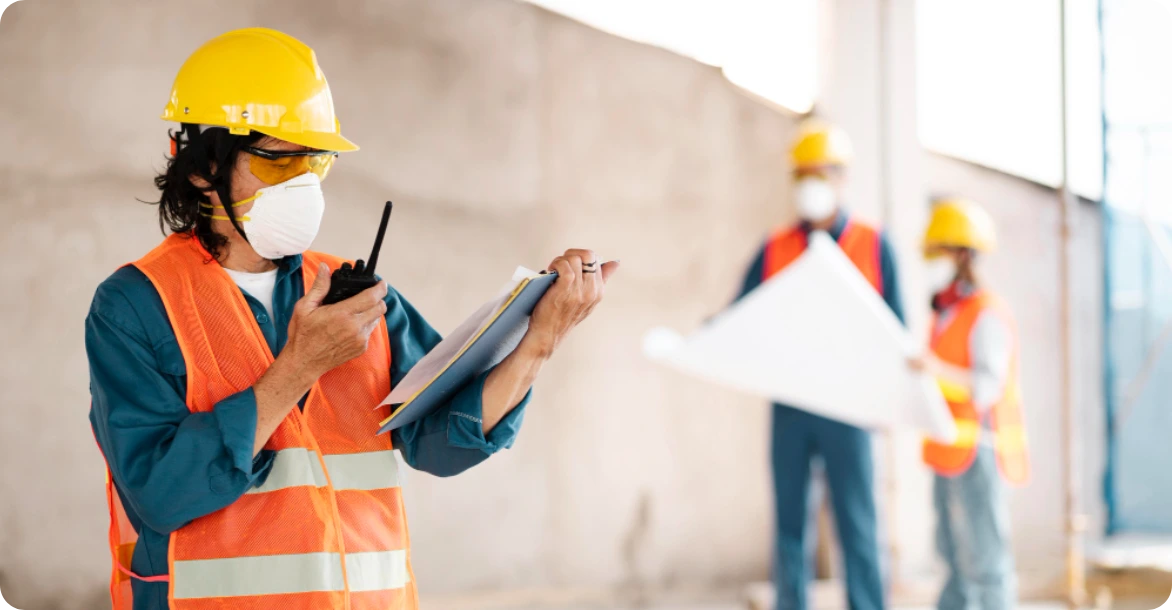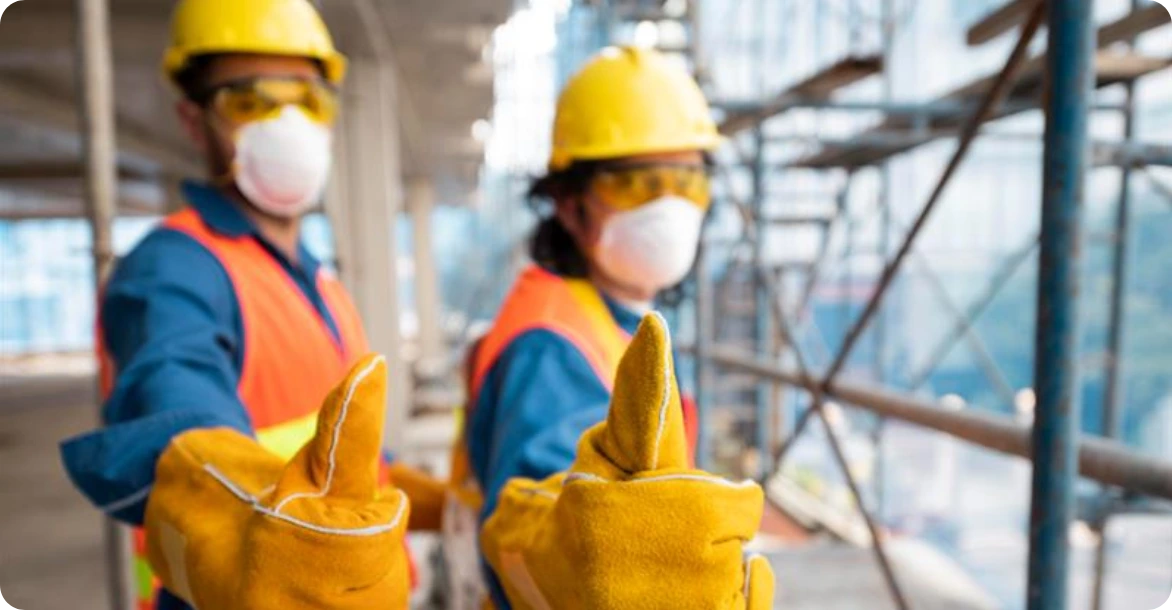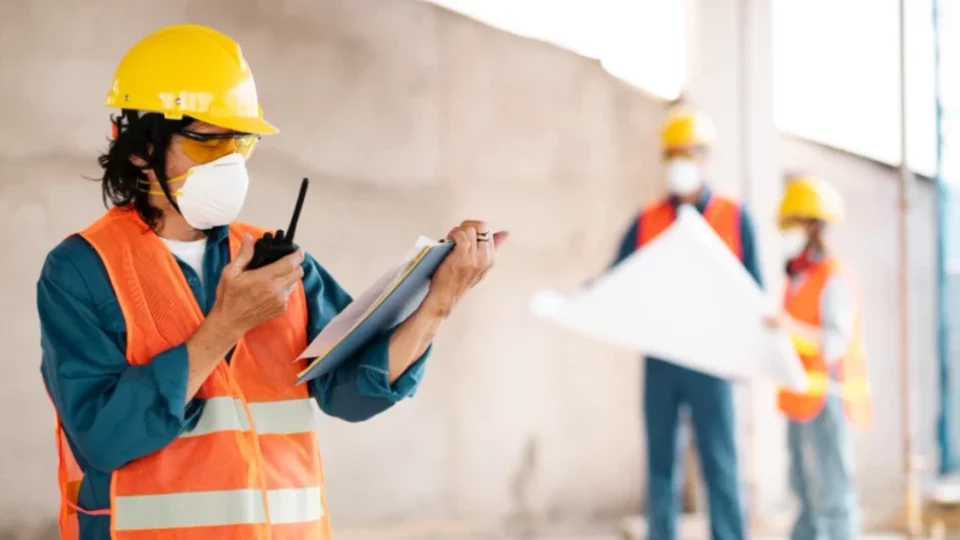Practice Like a Pro, Work Like a Lifesaver
What Steve Nash figured out before the NBA did—and why safety leaders are finally catching on.
Steve Nash was never supposed to make it.
Too small. Too slow. Too ordinary. But what Nash lacked in raw power, he made up for with intent. Not just hard work—precise work. He trained deliberately. Constant feedback. Constant edge-pushing. That obsessive refinement became his advantage.
Now, long after Nash’s jersey was retired, his philosophy is turning up on job sites. In safety meetings. In oil fields. On scaffolding. Because in high-risk work, where lives—not games—are on the line, rote training isn’t cutting it.
Allan Moore isn’t your typical safety pro. He started in oil and gas. Worked rigs. Learned Mandarin. Took a job in Taiwan translating—and found himself managing health and safety after the company was bought out. No credentials. No playbook. Just instincts and scars. And what he saw was damning.
“We had people with perfect scores on safety tests who crumbled when things went sideways,” Moore recalls. “Meanwhile, some of the quietest guys were the ones saving lives.”
The heroes had practiced like it mattered.
Why “Compliance” Isn’t Enough

Too much safety training is built to protect the company, not the worker. It’s risk mitigation on paper. A course. A quiz. A signature. Moore calls it the illusion of safety.
“People think knowledge equals readiness,” he says. “But in a real emergency, what you know won’t save you. What you’ve done will.”
There’s a creeping recognition of this across industries: learning that doesn’t involve repetition, realism, and reflection doesn’t hold up under pressure. The term “deliberate practice” comes from psychologist K. Anders Ericsson. It’s structured effort with feedback, designed to stretch capability—not just reinforce what you already know.
Nash trained under stress. He shot when he was exhausted. He practiced every angle, every tempo. He didn’t wait for the game to get hard—he trained for hard. Moore adopted that mindset. His teams now run through task simulations. Not just how-tos—but what-ifs. They test judgment, not just knowledge. They treat drills like scrimmages. More clarity. More control. Fewer injuries.
The Movement Is Underway

In Canada, the winds are shifting. MI Safety, an Alberta-based outfit, combines digital learning with boots-on-the-ground assessments. Their courses require employer sign-offs. Skills must be shown, not just known.
Others, like Jennifer Lastra’s VR company, are taking it even further. Lastra, a former Navy electrician, builds virtual training that mimics the panic and pressure of real-life danger. Workers experience risk before they ever face it.
She puts it plainly: “We’re not training for knowledge—we’re conditioning response.”
Nash once described himself as a thinker, not an athlete. It worked. He played 18 seasons. Two MVPs. And inspired a generation of players to train differently—not harder, but smarter.
Safety leaders are starting to get it. Mastery isn’t a box to check. It’s a habit. A culture. A form of mental and physical prep that lives beyond the courseware. Because when the moment hits—when there’s confusion, when it’s loud, when time evaporates—the only thing that matters is what you’ve already done.
Not every worker needs a jersey in the rafters. Train them like Nash, and they just might be that much safer.






























